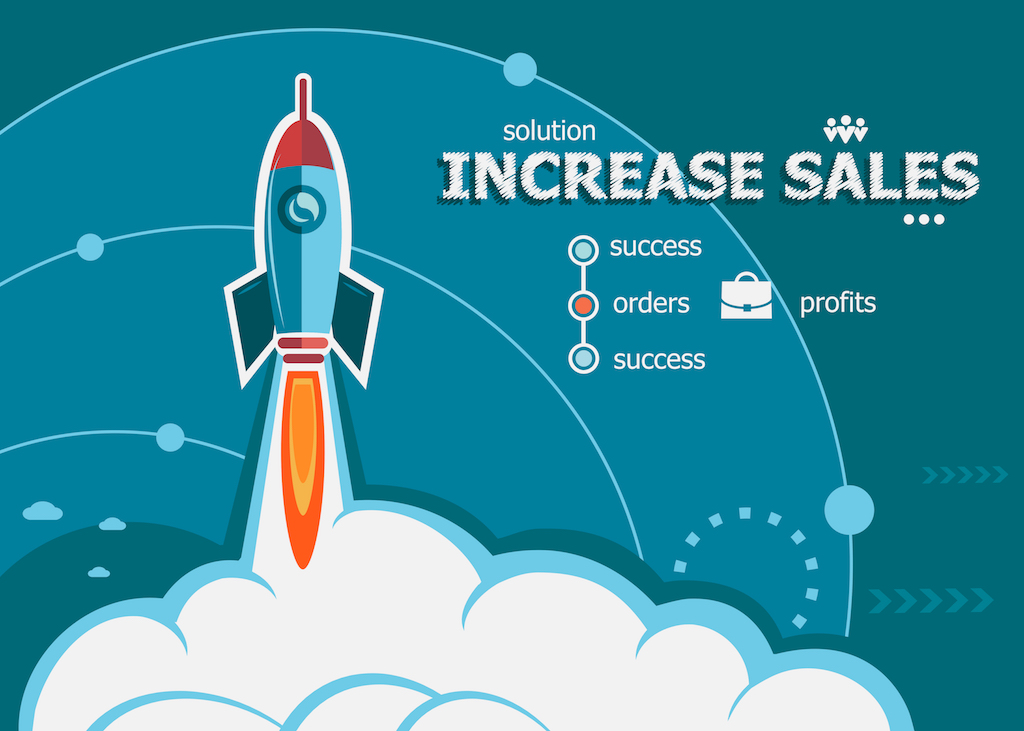Investing in CRM is all about boosting sales. Here’s what it is and how to do it.
Investing in a Customer Relationship Management (CRM) system can help boost your business’s sales, convert more leads into sales and even change the way you do business. CRM systems are getting increasingly sophisticated and much more affordable for smaller businesses.
So what is CRM?
A CRM system allows a business to manage relationships with customers and prospective customers as well as the data associated with the sales, marketing and even accounting processes. Information on customers, prospects, pricing, accounts, relationships, marketing campaigns and often much more is stored in a single place. It can be accessed by a number of people within a business.
Many CRM systems do not require heavy upfront investment and increasingly are hosted in “the cloud”. Social CRM is the latest development with social channels like LinkedIn and Facebook being used to engage with customers and manage customer relationships.
What are CRM’s main benefits?
There are many, but here are the top four:
- Your business has full visibility of sales activities and customer relationships. Used well, a CRM can result in new sales opportunities and more revenue.
- You can segment your customer base with better data and know how best to focus your sales efforts. You can prioritise the customers and the leads that deliver more value to your business and offer special deals to particular types of customers.
- A CRM encourages a team approach to sales. If a key salesperson is out sick, for example, a colleague can easily pick up on the leads and hopefully land the business.
- You can more easily assess how your team is performing.
So far, so positive. But are there any downsides for a business in using a CRM?
Yes. Those who sell CRM systems don’t always highlight the adoption challenges many businesses face. There is often resistance on the part of some sales people and other staff to use CRM systems and change their working habits.
Sales people can be reluctant to share customer and relationship details. To address these issues, some businesses put a lot of effort into training and motivating staff. Others don’t and then find the CRM system is either not used or only used by some staff.
Another issue is data quality. There may be poor internal processes around how staff members gather data and enter it into a CRM. That in turn can result in lower adoption levels as staff often feel the system isn’t reliable and revert to old ways.
Businesses can overcome the obstacles simply but effectively. The answers lie in planning, training and incentivising staff to maintain and share data via a CRM.
-
Bank of Ireland is welcoming new customers every day – funding investments, working capital and expansions across multiple sectors. To learn more, click here
-
Listen to the ThinkBusiness Podcast for business insights and inspiration. All episodes are here. You can also listen to the Podcast on:
-
Spotify
-
SoundCloud
-
Apple






